Rising Health Consciousness
The increasing awareness of health and wellness among consumers in Europe is driving the food flavors market. As individuals become more health-conscious, there is a growing demand for natural and organic flavoring agents. This shift is reflected in market data, indicating that the segment for natural flavors is projected to grow at a CAGR of 8.5% from 2025 to 2030. Consumers are increasingly scrutinizing ingredient labels, leading manufacturers to reformulate products with healthier flavor options. This trend is particularly evident in the beverage and snack sectors, where the demand for low-calorie and sugar-free alternatives is surging. Consequently, the food flavors market is adapting to these preferences by innovating and expanding their offerings to include flavors that align with health trends.
Regulatory Changes and Standards
The food flavors market in Europe is significantly influenced by evolving regulatory frameworks. Stricter regulations regarding food safety and labeling are compelling manufacturers to ensure compliance, which in turn affects flavor formulation. The European Food Safety Authority (EFSA) has established guidelines that necessitate transparency in ingredient sourcing and usage. This has led to an increased focus on clean label products, where consumers prefer flavors derived from natural sources. As a result, the market for synthetic flavors is likely to decline, while natural flavoring agents gain traction. The financial implications are notable, with companies investing approximately €1 billion annually to meet these regulatory standards, thereby reshaping the competitive landscape of the food flavors market.
Culinary Trends and Ethnic Flavors
The food flavors market is experiencing a surge in demand for diverse and exotic flavors, driven by culinary trends and the growing multicultural population in Europe. Consumers are increasingly seeking authentic taste experiences, leading to a rise in the popularity of ethnic flavors such as Asian, Mediterranean, and Latin American. Market Research Future indicates that the segment for ethnic flavors is expected to grow by 12% over the next five years. This trend is not only influencing product development but also encouraging food manufacturers to experiment with unique flavor combinations. As a result, the food flavors market is becoming more dynamic, with companies investing in research and development to create innovative flavor profiles that cater to evolving consumer preferences.
Sustainability and Environmental Concerns
Sustainability is becoming a pivotal driver in the food flavors market, as consumers increasingly prioritize environmentally friendly products. The demand for sustainable sourcing of flavor ingredients is on the rise, with consumers willing to pay a premium for products that align with their values. This trend is reflected in market data, which suggests that the sustainable flavors segment could grow by 15% by 2030. Companies are responding by adopting eco-friendly practices, such as sourcing ingredients from sustainable farms and reducing carbon footprints in production processes. This shift not only enhances brand loyalty but also positions companies favorably in a competitive market. The food flavors market is thus evolving to meet these sustainability demands, which are reshaping consumer expectations and purchasing behaviors.
Technological Innovations in Flavor Development
Technological advancements are playing a crucial role in the evolution of the food flavors market. Innovations in extraction and flavor enhancement techniques are enabling manufacturers to create more complex and appealing flavor profiles. The integration of artificial intelligence and machine learning in flavor development is streamlining the process, allowing for rapid prototyping and testing of new flavors. Market analysis indicates that the investment in flavor technology is projected to reach €500 million by 2027. This technological evolution not only enhances product quality but also reduces time-to-market for new flavor offerings. As a result, the food flavors market is becoming increasingly competitive, with companies leveraging technology to differentiate their products and meet the diverse tastes of consumers.


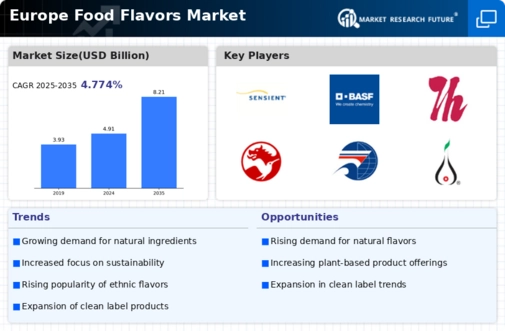
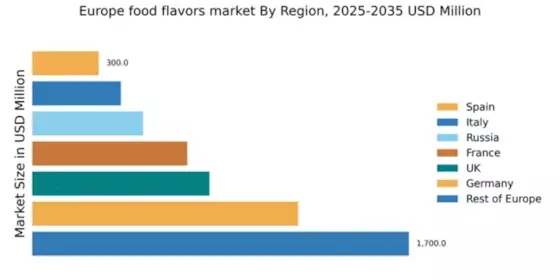
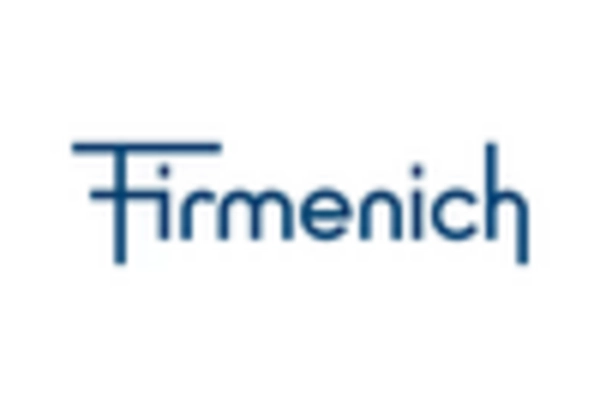
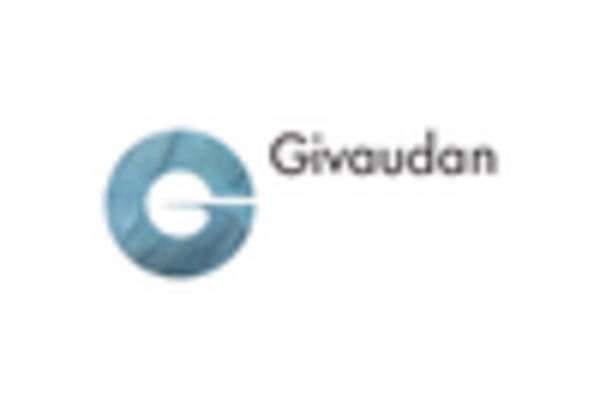
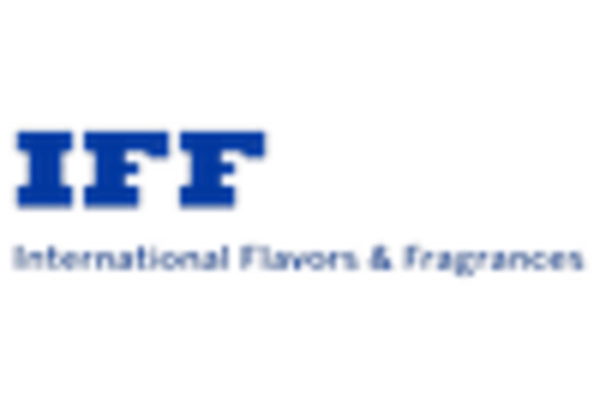
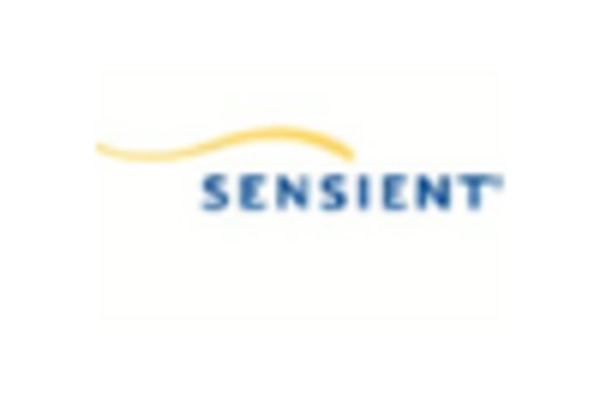
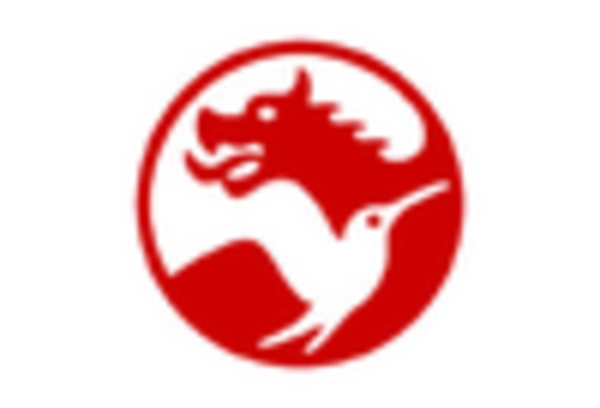
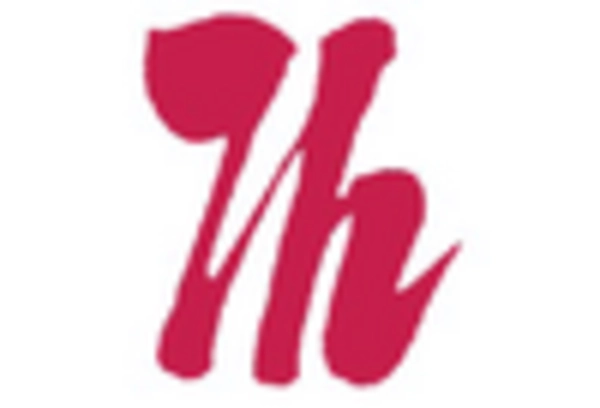








Leave a Comment